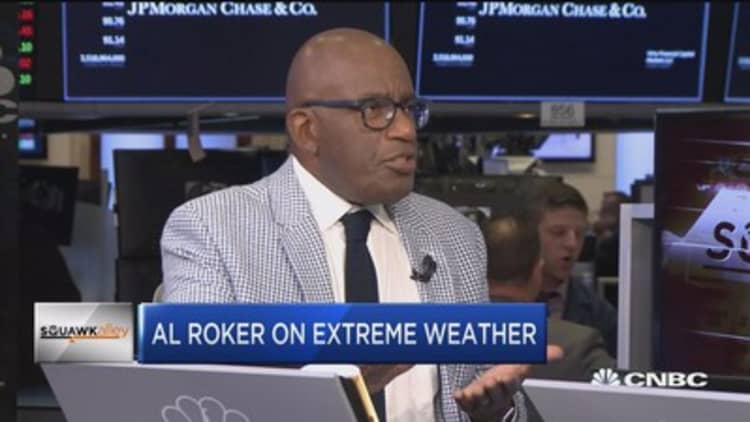Nations around the world continued to improve their energy efficiency last year, but a slowdown in new policies threatens to derail the progress and hobble efforts to fight climate change, the International Energy Agency warned on Thursday.
Last year saw the weakest overall progress in energy efficiency policies since 2009, IEA reported in its Energy Efficiency 2017 report. The pace is slowing even as virtually every nation in the world has agreed to take action to mitigate the impacts of global warming.
"Strong efficiency gains continued to be made in 2016, even as energy prices fell. But at the same time, governments are not coming up with new policies fast enough, relying on existing regulations instead, precisely at the time when a pipeline of new efficiency policies should be coming into force," IEA Executive Director Fatih Birol said in the report.
"There is a risk that efficiency gains could take a step back," he warned.

The trend is worrying because the global drop in energy intensity — how much energy is required to produce a unit of economic activity — is the driving force behind the recent flattening of greenhouse gas emissions around the world, Birol notes. Global energy intensity fell by 1.8 percent in 2016, putting the average annual decline since 2010 at 2.1 percent.
The gains have also lowered household expenditures and increased individual nations' energy security by reducing their reliance on foreign fuel imports, according to IEA.
To be sure, the picture has improved significantly since the turn of the century. If it weren't for the energy efficiency gains made since 2000, the world would have used 12 percent more energy in 2016. That would have equated to adding another European Union to the globe, IEA said.
But despite that progress, there are still no policies in place to mandate energy efficiency targets for nearly 70 percent of the energy the world consumes today.
Appliances, equipment and economic activity covered by energy efficiency standards grew by 1.4 percent last year, but nearly all of the gains were due to consumers replacing old products with new ones that meet existing performance standards. That is in stark contrast to previous years, IEA said.

Just 1.5 percent of this year's energy efficiency gains were thanks to new policies, primarily for air conditioning in Indonesia and freezers in China. That was the lowest annual growth in efficiency gains on record.
China is emerging as a leader in energy efficiency, posting the highest score on IEA's Efficiency Policy Progress Index. It has accounted for more than half of the index's gains since 2000, largely due to efficiency standards imposed on the industrial sector. China posted the strongest growth in energy efficiency investment, while strong government incentives have made the nation the largest market for energy services.
IEA concludes that "2016 was a poor year for policy progress and so far 2017 has not seen significant developments either. If stated policy ambitions are to be met, governments must recognise the importance of developing and putting into force new and more ambitious policies."


